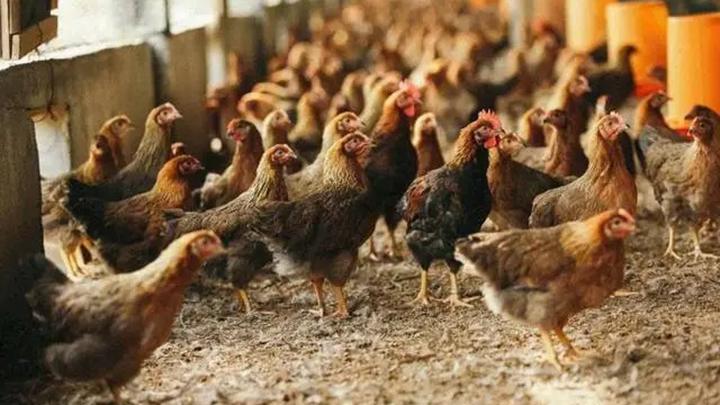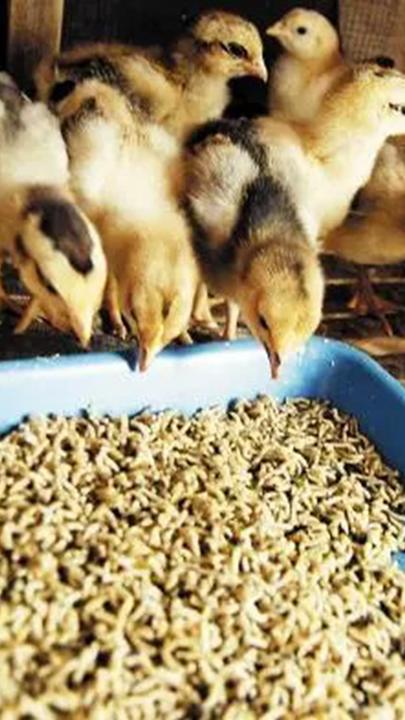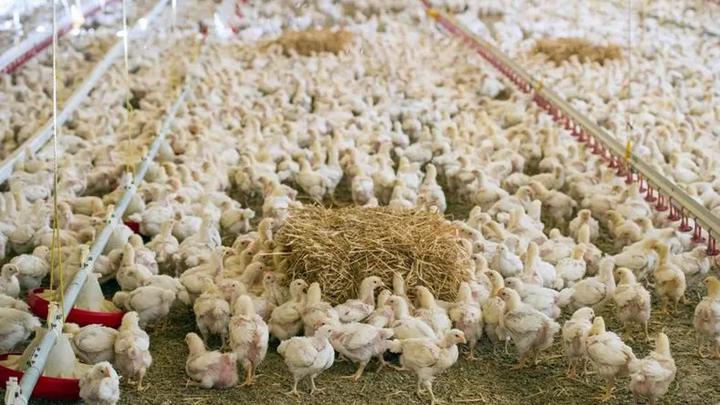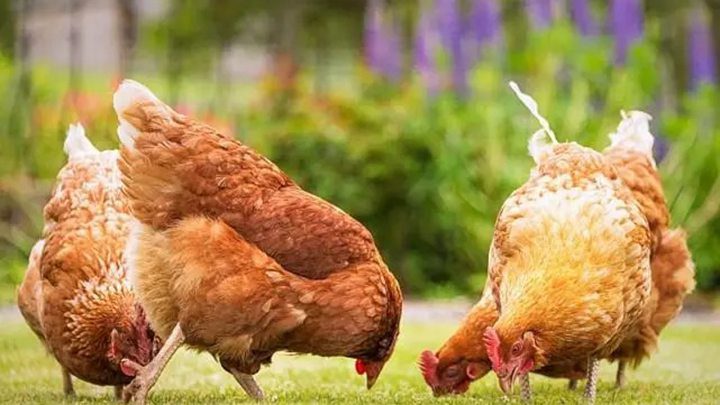Rural loose chicken management technology has common characteristics with other breeding methods, the main stage of chicken death is 0~30 days old, due to the influence of temperature, environment, feeding, and other factors, plus human factors, the morbidity, and mortality are higher, let’s take a look at the rural loose chicken technology!
Lima has been focusing on chicken feed breeding for more than ten years and has accumulated a lot of chicken breeding experience. Our chicken feed pellet machine and poultry feed production line can perfectly produce various poultry feeds. If you have any problems, please feel free to contact us.
Nursery stage management
1. Temperature: After the temperature, the first week should be controlled within 34-35℃, from the second week, until the sixth week of temperature. The method of heat preservation depends on how many chickens, chickens can use cartons and bulbs, put the chicks in the box, hang a 60W bulb, and put a water bottle, in the tank. Chicken can be used in the nursery room, indoor coal stove and other heating, but soot uses iron pipe discharge outside. In order to ensure the accuracy of temperature, except to observe the state of chicks, the thermometer should be hung indoors and feces frequently.
2. Light: 24-hour light is required in the first week to ensure that chicks can eat and drink water day and night to promote growth and development, and will be reduced by 2 hours a week until the lights are not turned on at night. Light and heat insulation can be combined, carton rearing, if the temperature is not enough, can add boiling water in the container wrapped with cloth, put in the box heating.

3. Density: 1~14 days old, 50~60 / m2; 21~25 /m2 at 21~44 days, and 12/m2 after 60 days of age. Chicks can be caged, leveled, or grazing, as long as the density does not exceed the above criteria.
4. Drinking water: the chicks can drink water 24 hours after the shell, put the chicks in the bucket to let them eat freely, and put water into the water cup. Drink cold boiled water for 20 days, after drinking well water or tap water. Due to the small food intake and vigorous metabolism, in order to prevent malnutrition, 8 ~ 10% concentration of glucose and water-soluble vitamins must be added to the water within the first 10 days.
How to do breeding management?
1. Feeding: In the production time usually use a small number of many times to stimulate the chicken feeding appetite, so the feeding period is not less than 5 times a day, and the amount of each feeding is not too much. After the chicken is eaten, the bucket is empty for a while, and add the next material.

2. Replacement and sand: A transition for chicken change, which usually takes three days to complete the process. Feed 70% raw and 30% new on day 1,50% raw and 50% new on day 2,30%raw and 70% new on the third day and all new chicken on day 4. After 20 days of age, 500 grams of clean sand per 100 chickens a week, and the chickens need no sand.
3. Group feeding: Strong and weak and maternal group feeding. To the cock, increase the thickness of the mat, and increase the level of food protein and lysine. The rooster growth rate is fast, high nutritional requirements for feed, the purpose of increasing nutrition is to meet its needs, in order to go public in advance.
4. Chicken house ventilation: Chicken house ventilation conditions are good, especially in summer, and must create conditions to make the chicken house have convection wind. Even in winter to keep the air in the house fresh. Ventilated good chicken house, people into the feel not sulk, not dazzling, not pungent.
5. Density: If the density is not reasonable, even if other feeding management work is good, it is difficult to cultivate high-yield chickens. In the case of planar rearing, the appropriate density per square meter was 8 to 10 from 7 to 12 weeks, 8 to 6 from 13 to 16 weeks, and 6 to4from 17 to 20 weeks.
6. For stress reduction: Daily management should be carried out in strict accordance with operating procedures to avoid interference from external adverse factors. Not rough when catching a chicken. Be vaccinated with caution. Do not wear special clothes that suddenly appear in the chicken flock, in order to prevent the fried flock, affect the normal growth and development of the chicken flock.



